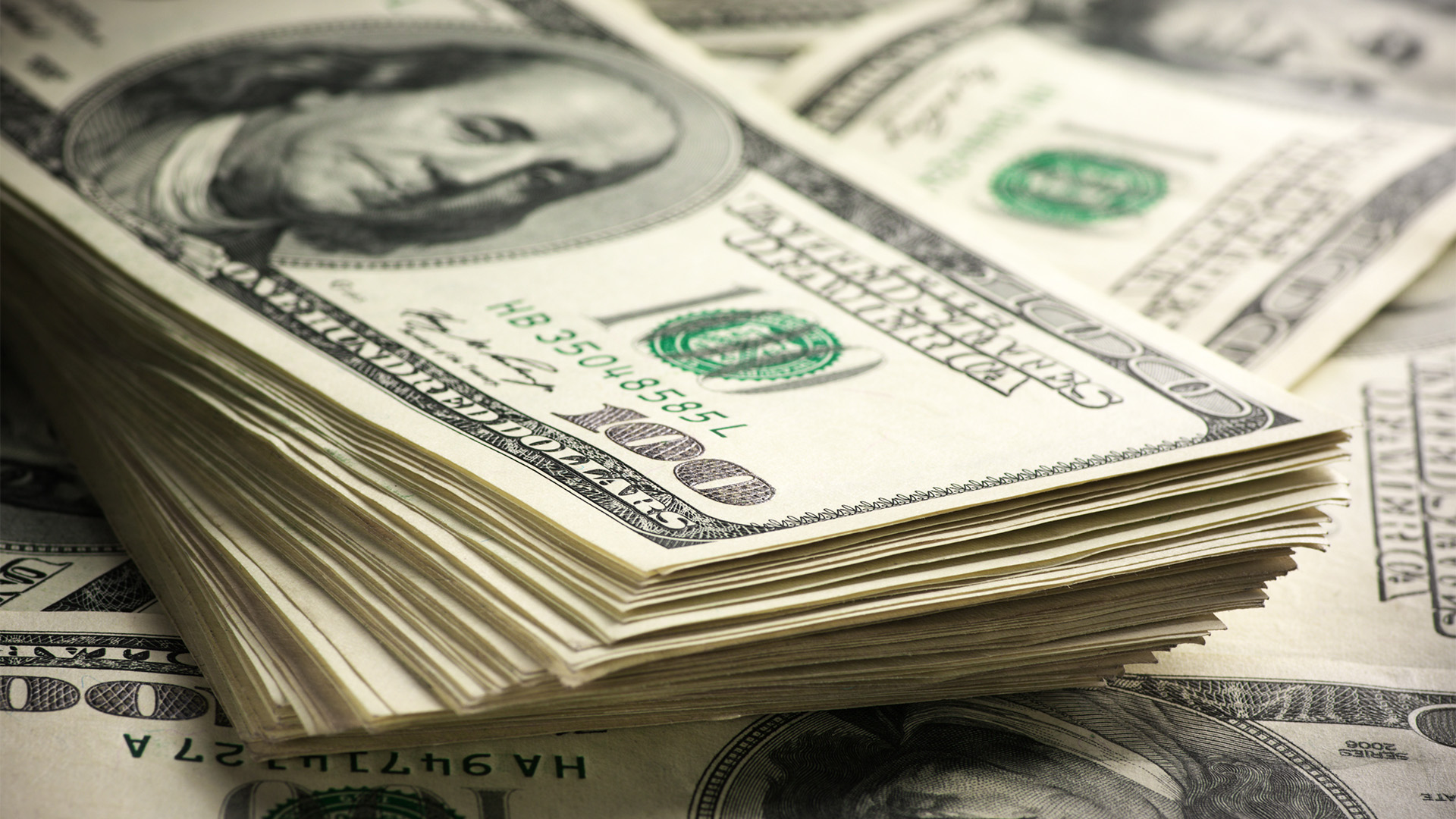The rally in the US dollar witnessed earlier this year has reversed course as investors anticipate a decline in inflation in the world's largest economy, potentially providing the Federal Reserve with greater flexibility to cut interest rates.
Initially, the greenback had appreciated by up to 5 percent against a basket of currencies by mid-April this year. However, it is now poised for its first monthly decline of 2024 following the moderation in consumer price inflation, aligning with expectations.
This reading, following a period of elevated inflation, has alleviated concerns that the Fed might be constrained in its ability to implement rate cuts this year or could even consider raising rates from their current 23-year high to manage inflationary pressures.
According to Athanasios Vamvakidis, head of G10 foreign exchange strategy at Bank of America, market sentiment is heavily influenced by Fed pricing. He stated, "The inflation data this week meant another rate hike is off the table… now it's just a matter of time until they start cutting."
The trajectory of interest rates this year underwent a significant shift as US inflation surged in February and March. However, after the recent inflation report indicated a decrease to 3.4 percent, traders have recalibrated their expectations, now foreseeing two quarter-point rate cuts by the Fed.
Consequently, the dollar experienced its sharpest decline of the year on Wednesday and remains down 1.4 percent for the month. Analysts suggest that recent softening in US economic data, starting with a disappointing jobs report earlier this month, could mark the beginning of a sustained period of dollar depreciation, albeit against the backdrop of a relatively robust economy.
Kit Juckes, a foreign exchange strategist at Société Générale, emphasized that while a turning point may be imminent, a period of indecision may precede any significant decline in the dollar. He remarked, "The dollar bull is running short of arguments for the next leg higher."
The dollar's weakening coincided with a decrease in US government bond yields, contributing to record highs in stock markets in the US, Germany, and the UK this week. Additionally, the 10-year US Treasury yield, a pivotal driver of global asset prices, retreated to 4.3 percent this month from 4.7 percent late last month, reflecting growing expectations of multiple Fed rate cuts this year.
Hedge funds, having accumulated short positions against the dollar in recent weeks, are now "firmly short," as noted by Sam Hewson, head of foreign exchange sales at Citigroup. However, asset managers maintain overweight positions in the dollar, suggesting a divergence in market sentiment.
The recent developments are welcome news for central bankers worldwide, particularly in Japan, where authorities have intervened in currency markets to stabilize the yen amid rising US Treasury yields and the dollar's strength. Chris Turner, a currency strategist at ING, highlighted the significance of a weaker dollar for Tokyo, given Japan's sensitivity to US rate expectations.
Moreover, the diminishing likelihood of a US rate hike could offer more leeway for the European Central Bank (ECB) to initiate interest rate cuts. ECB President Christine Lagarde has signaled the possibility of reducing borrowing costs ahead of the Fed, with June being a potential timeframe for such action. This divergence in monetary policy could alleviate concerns about euro depreciation, allowing the ECB to implement rate cuts without fear of weakening the euro.
In summary, the recent shift in market sentiment regarding US interest rates has significant implications for global currency markets, central bank policies, and investor strategies.














